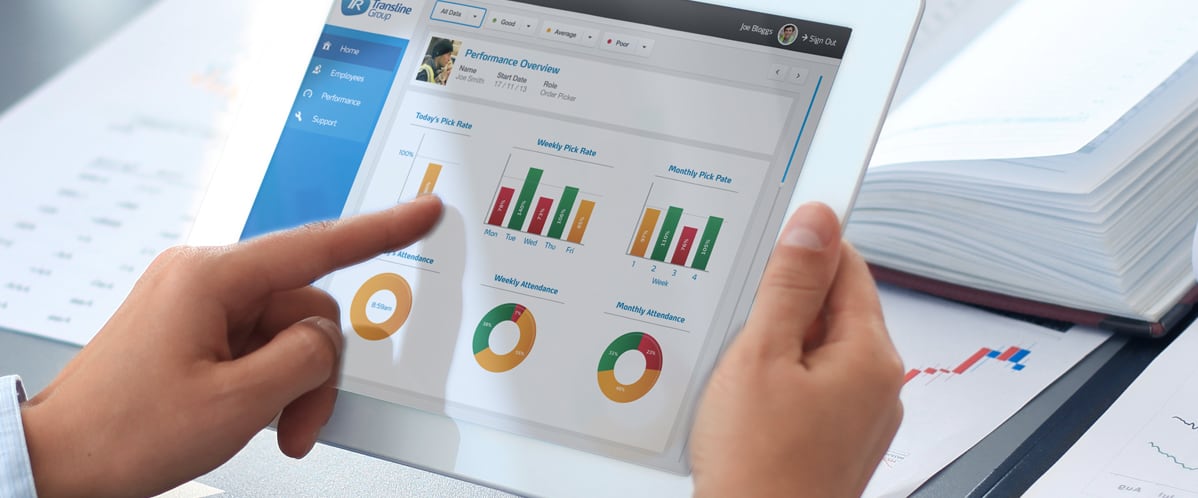As a business owner, you will know that good cash flow is essential to keep your business growing. Leaving potential cash flow problems unaddressed today can cause a disaster for your business down the road as you struggle to come up with the funds to expand, or at worst case, are unable to pay your bills and staff. Keep an eye on your cash flow position regularly. This is critical whether or not you’re just starting out as a small business or you’ve achieved scale and have been around for a while.
Reported profits from your P&L or even your cash at bank figures do not represent the real story of your cash flow. You’ll need to understand, perhaps with the help of your accountant, the details of your cash flow statement. From an operational perspective, here are the signs you should look out for to identify if your business is developing a cash flow problem before it makes a more serious impact.
Discounting Products to Increase Sales
Discounting is often used by businesses to generate some additional sales. Be careful when doing this. You might be offering a small discount now, but it will add up over time. Even if discounts boost your sales in the short run, you need to make sure that it won’t have a devastating impact on your profit margins. While discounting can be useful to clear old stock and free up cash flow when necessary, it should be avoided as a ‘go-to’ strategy.
A clever pricing strategy can save you from losses. Check what your competitors are doing, regularly review your offers, and change what you need to. Instead, look for an alternative way to offer extra value to your customers, such as discounts on bulk purchases only, or offer a different, yet still valuable product or service to your customers to maintain a profitable business without sacrificing too much of your cash flow.
Delayed Payment Collection
Slow customer payments can put you in a tough spot. It stifles your business operations, growth, bill payments, adding new items to your inventory, and more. Create a system that helps you collect your receivables on time by:
- Getting paid upfront, even if it’s just the deposit.
- Sending the invoice immediately to your client.
- Adding the exact due date, so it’s clear with your customers.
- Using automated payment reminders on your invoices.
- Sending an email to your clients about the payment before the due date as a reminder.
Most businesses have 30-day payment term. If you follow this too, make sure that the 30 days starts once the customer has purchased from your company and that you follow through on collections if payment is not received on time.
“Invoice finance facilities allow your business to unlock up to 90% of the value of your unpaid invoices.”
If having customers on 30 or even 45 day accounts are causing problems for your working capital, consider a cash flow solution such as invoice finance. Invoice finance facilities allow your business to unlock up to 90% of the value of your unpaid invoices, often within 24 hours. When the customer pays 30-45 days later, you will receive the remainder, minus a small fee that goes to the finance provider. It is not a loan, the finance provider is simply advancing you your money upfront for a small discount.
Low Profit Margins
Low profit margins may be a sign that your cash flow may come under pressure, if it hasn’t already. Low gross profit margins can be caused by excessive expenses, low prices for your product and services, or a combination of the two. This situation leaves you vulnerable to cash flow problems in the future. If you are reliant on a key customer or two or a key supplier to drive sales volume, you may be one issue away from a serious cash flow plight.
Any company will be out of business without enough cash to sustain its operations. To battle this, you may review your profit margin to look for ways to decrease your costs. You can also search for opportunities to increase your prices or simply finding another supplier that can provide you with the same quality product for cheaper.
Inadequate Financial Records
Keeping your financial records organised can help you monitor your invoices, payments and important financial metrics regularly. A financial record also allows you to learn where your money goes so you can pinpoint precisely where and when to cut unnecessary expenses.
For instance, it may help you calculate the number of items you need to sell the next month to generate enough cash to cover your outgoings. Prioritising the expenses to consider reducing becomes easier when you have an accurate record to consult. Plan out your next move in order to minimise risks to your cash flow.
No Access to Financing
Careful planning can get you out of your cash flow crisis, but it’s always better to have a backup plan, such as having sufficient access to external financing should you need to use it. Don’t wait until it’s too late before you start searching for finance. There are many business financing options on the market that suit all industries, all business sizes and all financial situations. Keep in mind that it’s often better to organise a facility when your business is doing relatively well than take a deal when you most need it – so plan ahead.
Positive cash flow is essential for a successful business. When growth opportunities present themselves, you need the financial resources to pursue them. OptiPay can help your cash flow position with flexible funding solutions, including invoice finance.



